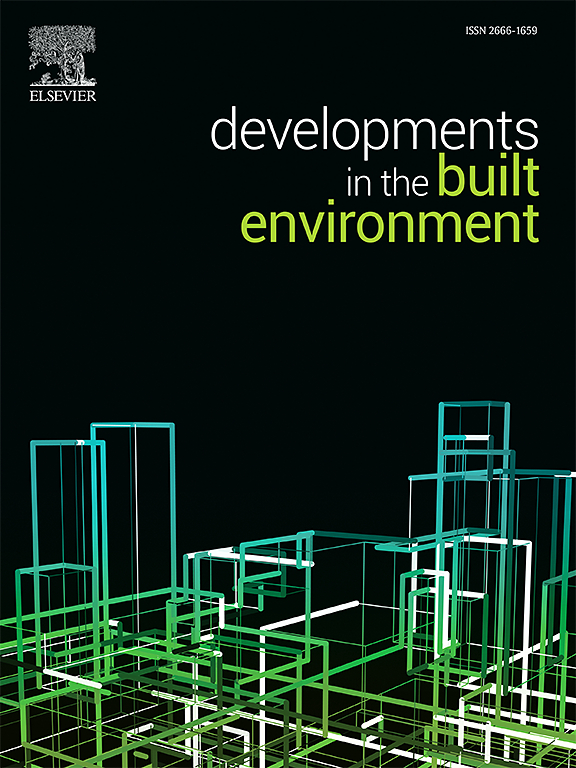Experimental investigation into the influence of calcium aluminate cement on the micro- and macro-mechanical properties of the interfacial transition zone in geopolymer concrete
IF 6.2
2区 工程技术
Q1 CONSTRUCTION & BUILDING TECHNOLOGY
引用次数: 0
Abstract
This study aimed to analyze the properties of the interfacial transition zone (ITZ) in fly ash geopolymer concrete (FAGC) containing various concentrations of calcium aluminate cement (CAC) (5%, 10%, 15%, and 20%). The micro-mechanisms of the ITZ were investigated using nanoindentation, scanning electron microscopy–energy dispersive spectroscopy, and backscattered electron imaging. The macro-properties, such as the interfacial bonding strength and the interfacial fracture energy, were also evaluated. The results indicated a trend of decreasing ITZ width with increasing CAC content from the nanoindentation test. The minimum ITZ width was observed in the FAGCC20 sample at 10 μm, representing a 71.43% reduction compared with the 35 μm width of the FAGCC0 sample. The formation of greater amounts of polymerization products, i.e., N-A-S-H and C-A-S-H gels, filled the pores and weakened the cracks, which notably improved the porous state of the ITZ. The changes in the microstructure of the ITZ directly affected the macroscopic performance of the FAGC. The FAGC samples with CAC showed higher interfacial bonding strengths and fracture energies than the FAGCC0 sample. Consequently, the FAGCC20 sample exhibited the highest interfacial bonding strength and fracture energy of 2.37 MPa and 31.1 N/m, respectively.
铝酸钙水泥对地聚合物混凝土界面过渡区微观和宏观力学性能影响的试验研究
本研究旨在分析含不同浓度(5%、10%、15%和20%)铝酸钙水泥(CAC)的粉煤灰地聚合物混凝土(FAGC)界面过渡区(ITZ)的性能。利用纳米压痕、扫描电子显微镜、能量色散光谱和背散射电子成像技术研究了其微观机制。对界面结合强度和界面断裂能等宏观性能进行了评价。结果表明,纳米压痕试验表明,随着CAC含量的增加,ITZ宽度呈减小趋势。与FAGCC0样品的35 μm宽度相比,FAGCC20样品的最小ITZ宽度在10 μm处减小了71.43%。大量聚合产物(N-A-S-H和C-A-S-H凝胶)的形成填充了孔隙,削弱了裂缝,显著改善了ITZ的多孔状态。ITZ微观结构的变化直接影响到FAGC的宏观性能。加CAC的FAGC样品的界面结合强度和断裂能均高于加CAC的FAGCC0样品。结果表明,FAGCC20样品的界面结合强度和断裂能最高,分别为2.37 MPa和31.1 N/m。
本文章由计算机程序翻译,如有差异,请以英文原文为准。
求助全文
约1分钟内获得全文
求助全文
来源期刊

Developments in the Built Environment
Multiple-
CiteScore
7.40
自引率
1.20%
发文量
31
审稿时长
22 days
期刊介绍:
Developments in the Built Environment (DIBE) is a recently established peer-reviewed gold open access journal, ensuring that all accepted articles are permanently and freely accessible. Focused on civil engineering and the built environment, DIBE publishes original papers and short communications. Encompassing topics such as construction materials and building sustainability, the journal adopts a holistic approach with the aim of benefiting the community.
 求助内容:
求助内容: 应助结果提醒方式:
应助结果提醒方式:


